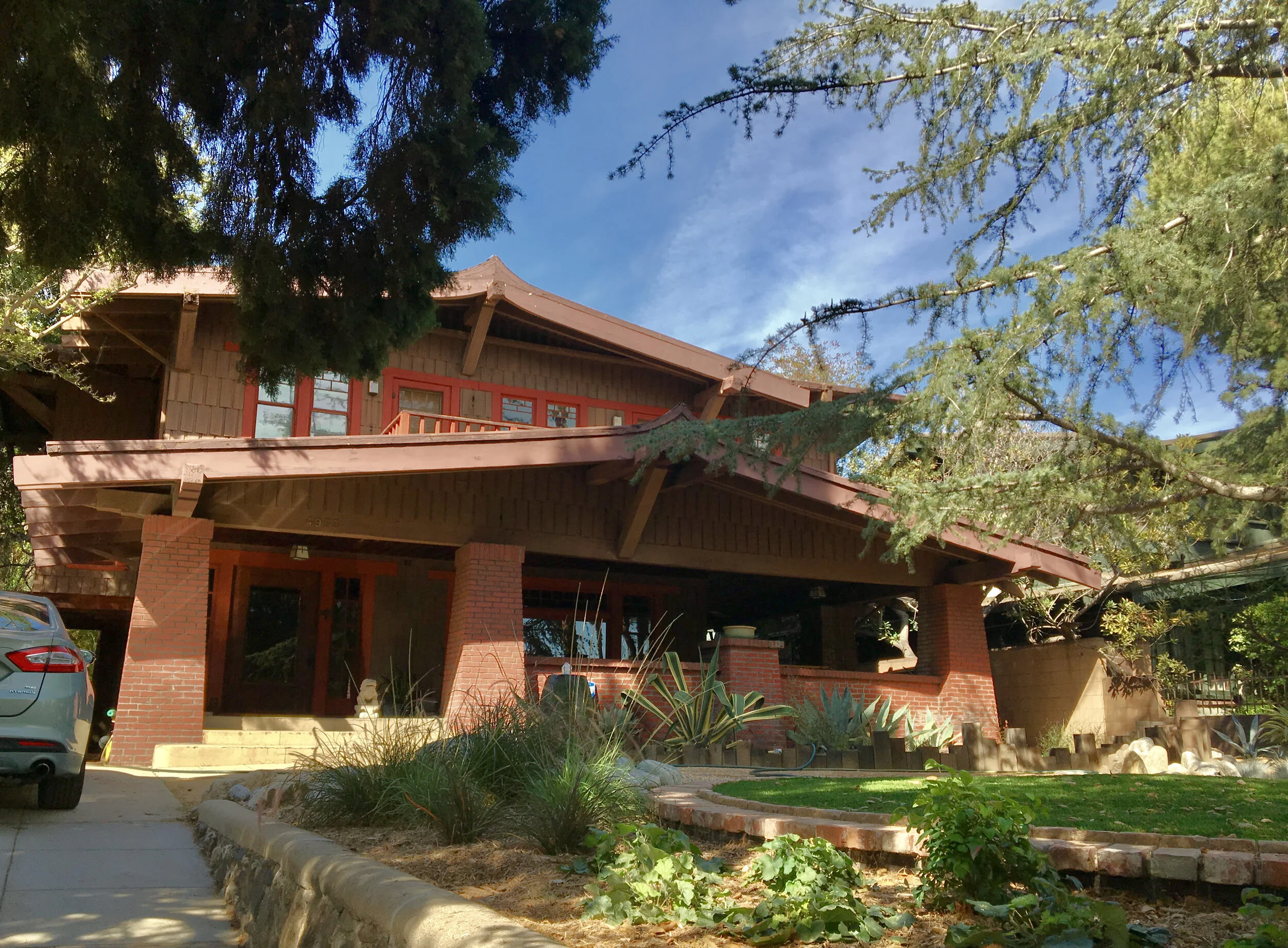The Red Flags Buyers Should Know But Don’t
BY MICHAEL ROBLETO FEBRUARY 8th, 2020 3:56 PM PST
Realtor with Compass Pasadena. Specializing in the buying and selling of Pre-War, Historic and Architecturally significant homes and lofts in Altadena, Pasadena, Eagle Rock, Highland Park, Silverlake, Los Feliz and DTLA.
Homebuyers have it tough, limited choices, lots of competition, and a 30-minute showing to make the biggest decision of your life make the home buying process challenging. One of the greatest concerns I hear from my clients is about buying a lemon.
No house is perfect and they all have their own little flaws, but there are some areas that could be very expensive flaws. Worry less about the color of the walls and that horrible tile backsplash and focus on these five red flags:
Homebuyers have it tough, limited choices, lots of competition, and a 30 minute showing to make the biggest decision of your life. Here is what red flags you should look for.
HVAC
All houses need heating and cooling and these complex systems have lots of moving pieces, a finite shelf-life, and potentially a very large bill if things go wrong.
In SoCal, you will come across two types of homes. Homes built before modern Heating Ventilation and Conditioning (HVAC) systems and those built after.
Pre-HVAC
Most homes built pre-1965 did not have central air conditioning. They all would have had some sort of gravity-fed furnace for heating. Air conditioning in these homes would have been added after the fact. The cheap way was to add a window unit to cool a specific room. Many homes have been retrofitted with HVAC to house the main mechanicals and ducts leading to all of the rooms in the house.
The addition of ducting is the most expensive part because of all the custom work that needs to be done by a professional. To add HVAC to a home that does not have ducting you are looking at a $25,000 bill at least. You could use a modern Mini-split system type (common in Europe) at around $2,500 per unit (one unit serves a room).
If a home has an HVAC system, the age of the mechanicals is what you should be looking at. HVAC mechanicals has a shelf life of about 20-25 years. Ducting lasts a lot longer. The system has two main components: inside the house is your blower/evaporator and outside the home is the compressor/condenser. The unit outside is easier to get access to.
The Condenser/Compressor will have a label that states the age of manufacturing. If it is 20 years old or great, know that its days are numbers. The cost to replace both inside and outside units will be around $8,000.
ELECTRICAL
The electrical systems of homes can be mysterious. We know we want them to work when we plug things in but there is much more going on behind those walls. Houses will have one of three types of electrical wiring, there is only one you want: Romex, which is the most modern version (and the safest). Updating a home to Romex will start conservatively at $15,000
The electrical panel, which is the heart of the wiring is something I always want to see. You want a modern 200amp panel. Anything less won’t be able to power an HVAC system. There are also some well know brand name panels from the past that can be susceptible to shorts that could result in fire. If you have one of these defective panels, you will want to switch it out. The cost to swap a panel will start at $8,000.00
PLUMBING
Like HVAC mechanicals, there are two areas of plumbing. The pipes inside and/or under) the home and those leading to and from the home.
Leading to and from the house are the supply line and the sewer line. For sewer lines, older homes will have had clay sectional pipes, this type is highly susceptible to root intrusion. Cast iron which replaced clay pipes will eventually rust internally and narrow the opening. The ideal choice is the latest version which is ABS plastic. This can be tough to detect on a 30-minute showing but there are some hints to look for under the house. Replacing a sewer line is expensive, factor $15,000 as a baseline (could be more or less based on length and accessibility).
Supply lines were galvanized or cast, you want it to be copper. This comes up less often as we usually look for good water pressure. If the water pressure is low in a house, it could be a supply line issue (but not always).
ROOF
Roofs are one of the easier parts of a home to analyze in a quick showing. Spanish tile roofs last 50-100 years but need maintenance to keep the tiles in place and protect the layer below.
Asphalt shingle roofs have a lot shorter life span (usually 20-25 years) and are way more common. As these tiles wear out (look for the shiny edges as the granules wear away) an owner can place the second layer of new shingles but this is not advised as it shortens the lifespan of the new roof significantly. The correct fix is to strip the worn shingles off and replace them. A new roof done correctly is going to start in the $20,000 range.
FOUNDATION
A bad foundation is the only thing that frightens me in older houses. Repairing a bad foundation could cost $100,000 or more. A bad foundation will affect how the doors and windows close, create bad dips in the floor, and all kinds of never-ending issues. When I want through a home in a showing I am always looking for signs of a bad foundation.
Don’t Let it Overwhelm You
In a perfect world, a buyer will only focus on the houses that have all of these mechanical systems in the most modern and perfect condition. That is rarely the case and if it is, there will be a premium to pay.
A strong realtor will understand the pros and cons of each house and be very very frank with you on what the condition is before you get into escrow.
Even then, there will be a couple of surprises once you are in escrow and you do your series of inspections, but at least you will be better prepared for that news once you get there.
Older homes that need mechanicals can be amazing investments. As many buyers are looking for move-in ready, there is a heightened challenge of bidding wars.
Enterprising home buyers will embrace the ones that need a little love and benefit from the investment just like flippers have been doing over the past ten years.
MORE ARTICLES
Michael Robleto is a Los Angeles based REALTOR® that specializes in Historic Pre-War residential properties and those with architectural merit in Pasadena, Los Feliz, Silverlake, Eagle Rock, and Mount Washington. Michael uses his vast knowledge of historic homes, residential construction, and modern-day marketing to predict and solve the many problems that arise in real estate transactions. His client accolades of insight, prompt communication, integrity, and hard work support the fact that he is not your average agent.
Michael leverages his personal passion for historic architecture to provide his clients with the unknown insight into the pros and cons of older homes. Michael, the son of a contractor, a California native, grew up in an older Bungalow home and has spent 23 years in Southern California admiring the unique architecture of the region. Michael brings 20+ years of negotiation and sales experience to his seven-year career in residential real estate. He often writes on homeownership strategy, historic residential architecture, and related topics that can be found on Facebook, YouTube, Twitter, and Instagram under the common profile name of his blog; BungalowAgent.
Michael sits on the Board of Directors of Pasadena Heritage and is frequent volunteer for the preservation efforts of numerous historic neighborhood associations and the LA Conservancy. When not working you can find Michael on hiking trails statewide with his faithful German Shepherd Axel.










